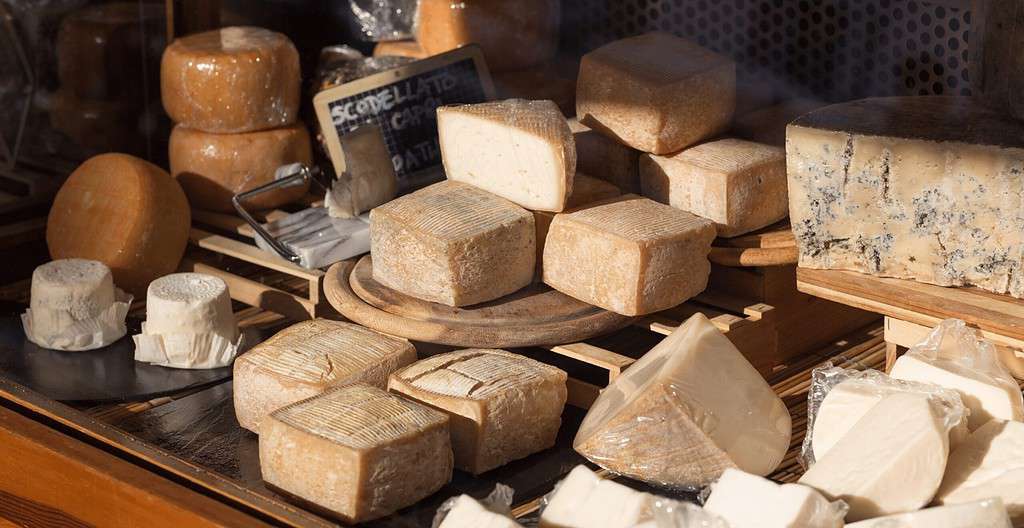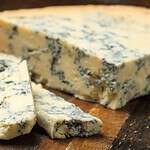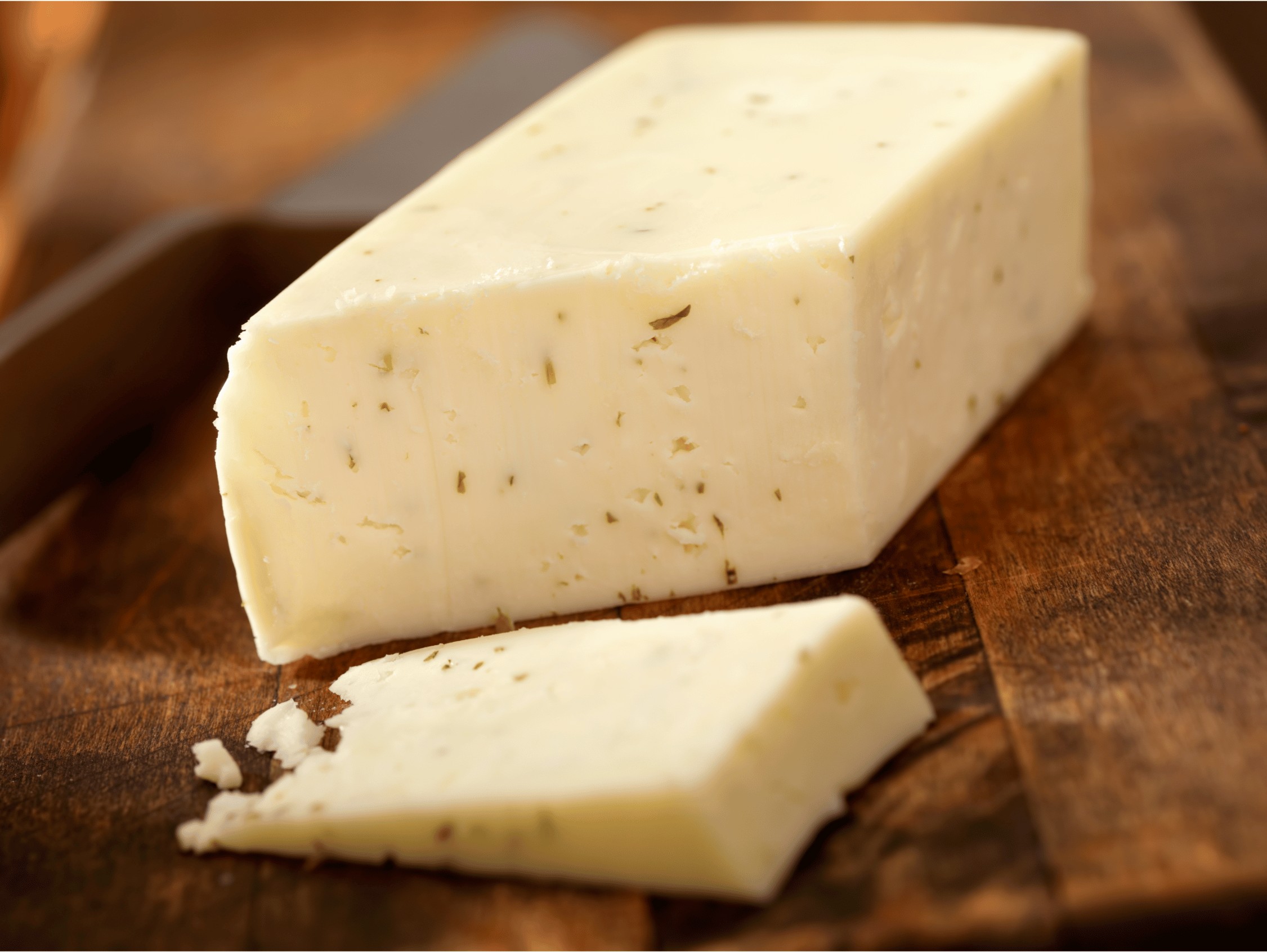As a gustatory journey to the heart of Italy, an Italian cheese blend offers a rich assortment of flavors and textures that can be both bold and subtle. Crafted from the age-old traditions of cheesemaking, these blends present a unique culinary adventure that can transform even the simplest dishes into gourmet masterpieces.
The Quintessential Italian Cheese Blend
While a singular definition of an “Italian cheese blend” can be elusive, there are some classic pairings that remain consistent. Typically, these blends combine several Italian cheeses, each contributing its distinct flavor and texture.
- Mozzarella: Renowned for its stringy texture and mild, milky flavor, mozzarella is often the base of the blend.
- Parmesan: Aged and crumbly, parmesan offers a salty and nutty punch.
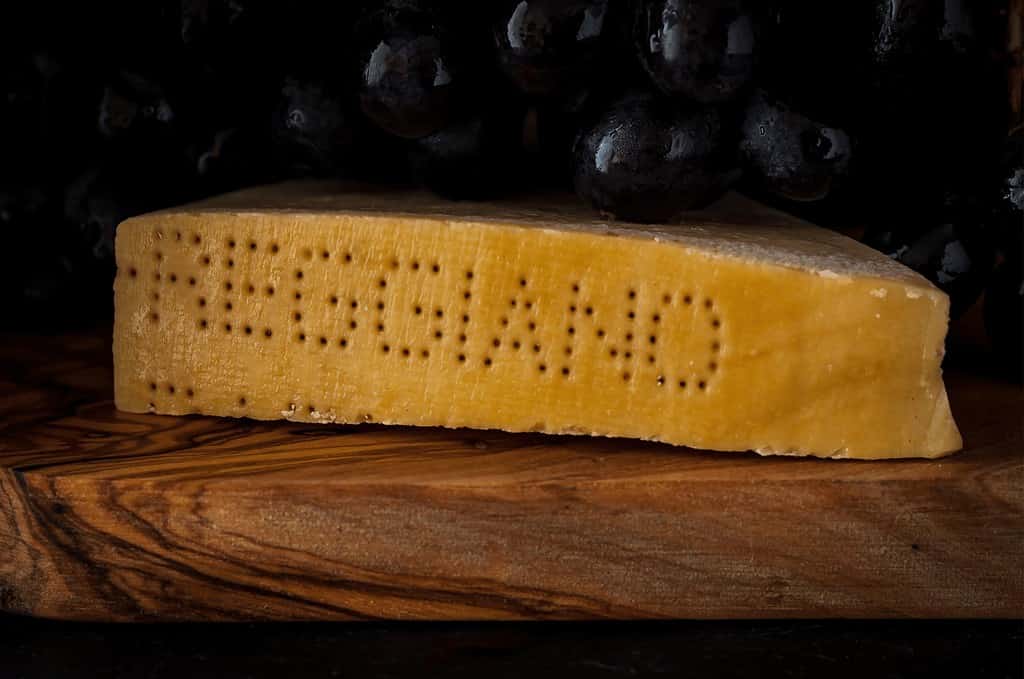
- Romano: Slightly sharper than Parmesan, Romano brings a tangy edge to the blend.
- Asiago: This semi-hard cheese adds a fruity, slightly yeasty flavor.
- Provolone: Providing a smooth, slightly tart note, provolone perfectly complements the blend.
The Charm of Regional Variations
Italy is a country steeped in local traditions, and this is reflected in the regional variations of Italian cheese blends. Each region has its specialty cheeses, which often make their way into local versions of the blend.
For example, in the Lombardy region, the blend might feature Gorgonzola, a creamy and pungent blue cheese. In contrast, a Tuscan blend could include Pecorino Toscano, a sheep’s milk cheese known for its pleasantly sweet aftertaste.
The Culinary Uses of Italian Cheese Blend
An Italian cheese blend can elevate a variety of dishes, lending depth and complexity to the flavors.
In Baked Goods
For instance, sprinkling the blend over freshly baked bread or incorporating it into pastry dough can create a wonderfully cheesy treat.
In Pasta and Risotto
The Italian cheese blend can be an incredible addition to pasta dishes or risotto. It provides a depth of flavor that perfectly complements the starchiness of these dishes.
As Pizza Topping
Perhaps the most iconic use of the Italian cheese blend is as a pizza topping, where it melts into a divine, creamy pool with a delightful mix of flavors.
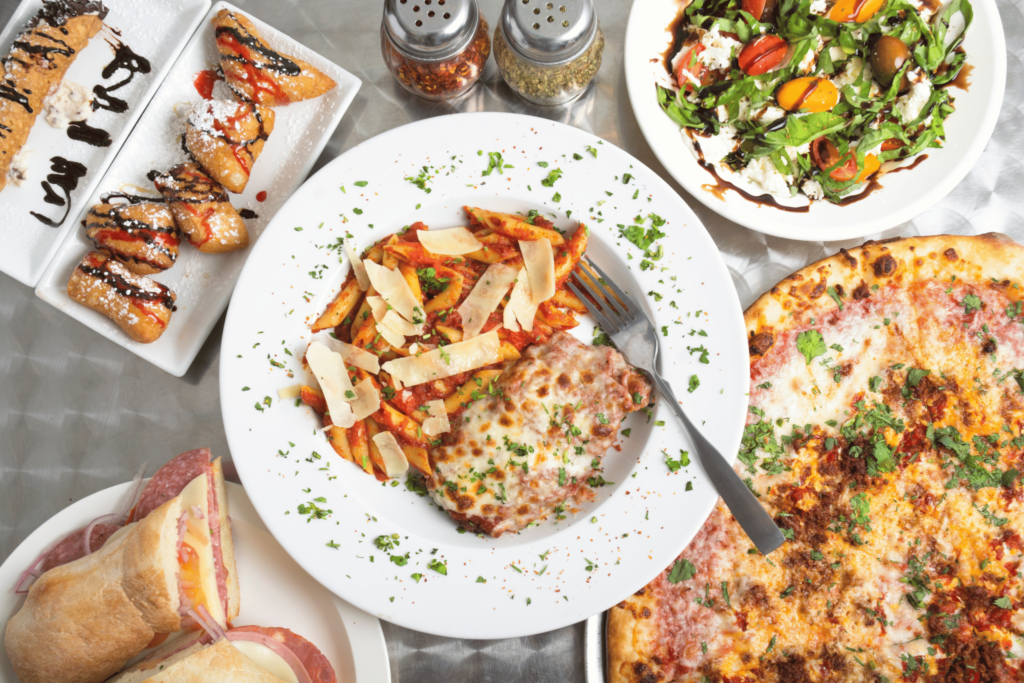
Pairing with Wines
Cheese and wine are a classic pair. Selecting the right wine can bring out the best characteristics of the Italian cheese blend.
| Cheese in Blend | Ideal Wine Pairing |
|---|---|
| Mozzarella | Light-bodied red wine like Pinot Noir |
| Parmesan | Full-bodied red wine like Cabernet Sauvignon |
| Romano | Aromatic white wine like Sauvignon Blanc |
| Asiago | Medium-bodied red wine like Merlot |
| Provolone | Dry white wine like Chardonnay |
The Health Benefits of Italian Cheese Blend
Italian cheese blend isn’t just delicious—it’s nutritious too. As an excellent source of calcium, protein, and essential vitamins and minerals, this blend can play a significant part in a balanced diet. It’s worth noting that while cheeses are high in fats, these are mainly unsaturated fats, which can be beneficial for heart health.
Choosing the Best Italian Cheese Blend
When selecting an Italian cheese blend, consider both the quality of the individual cheeses and how well they work together. A high-quality blend will include cheeses that are well-aged, providing them with a depth of flavor that can’t be matched by younger, less mature cheeses.
Also, pay attention to the balance of flavors in the blend. While it’s essential to have some stronger, more flavorful cheeses, these should be balanced by milder cheeses to prevent the blend from becoming overwhelming.
Creating Your Own Italian Cheese Blend
One of the joys of an Italian cheese blend is that it’s completely customizable. By making your own blend, you can adjust the proportions of each cheese to suit your personal preferences.
Start with a base cheese like mozzarella, which provides a good foundation due to its mild flavor and excellent melting properties. Then add in other cheeses for flavor. For a sharper, more intense taste, consider cheeses like Romano and Parmesan. For a creamier texture and milder flavor, try adding Asiago or Provolone.
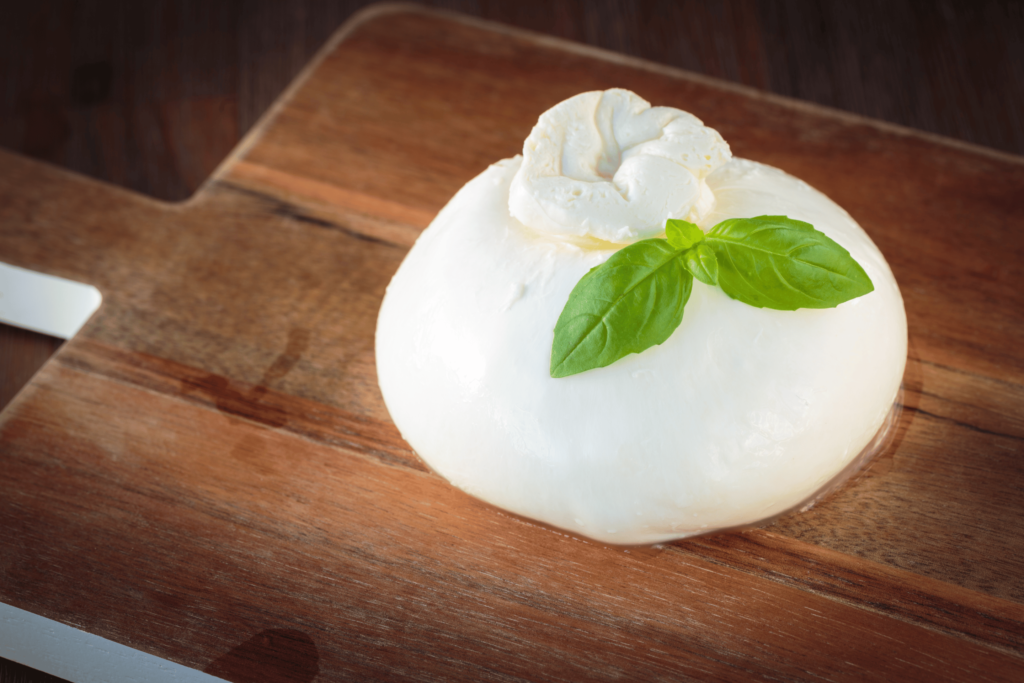
Storage and Shelf-Life of Italian Cheese Blend
Italian cheese blends, like all cheeses, should be stored properly to maintain their flavor and texture. The best way to store a cheese blend is in the refrigerator, wrapped in cheese paper or wax paper, which allows the cheese to breathe while keeping it from drying out.
When properly stored, an Italian cheese blend can last for several weeks. However, it’s best consumed as fresh as possible to enjoy the full depth and range of its flavors.
Incorporating Italian Cheese Blend in Vegetarian and Vegan Diets
For vegetarians, an Italian cheese blend is a fantastic ingredient, providing protein and flavor to various dishes. However, those following a strict vegan diet may feel left out, given that traditional cheese is made from animal milk.
Fear not, though! There are numerous vegan cheese alternatives that can be used to create an “Italian cheese blend” of sorts. These are usually made from a variety of plant foods including nuts, soy, and root vegetables. With the right selection and combination, you can come close to replicating the texture and flavor of an Italian cheese blend without any animal products.
Do Italian Cheese Blends Typically Contain Lactose?
The topic of lactose in Italian cheese blends is a vital one, particularly for individuals with lactose intolerance or sensitivity. The simple answer is yes, Italian cheese blends do typically contain lactose, as they are made from dairy products. However, the amount of lactose can vary significantly depending on the types of cheese used in the blend.
Cheese is made by fermenting milk, a process that breaks down most of the lactose. The longer a cheese is aged, the less lactose it typically contains. Therefore, hard, aged cheeses such as Parmesan and Romano often contain very little lactose and may be tolerable even for individuals with lactose intolerance.
On the other hand, softer, less-aged cheeses, such as Mozzarella, contain higher amounts of lactose. Consequently, an Italian cheese blend, which often includes a mix of hard and soft cheeses, will likely contain some level of lactose.
It’s important to remember that individual tolerance to lactose can vary greatly. If you have concerns about lactose in Italian cheese blends, consider consulting with a healthcare professional or a dietitian. They can provide guidance based on your specific dietary needs and restrictions.
What are Some Alternatives to an Italian Cheese Blend?
While an Italian cheese blend is undoubtedly a delightful addition to many dishes, there could be times when you’re in need of a suitable alternative. Whether due to dietary restrictions, personal preference, or availability, here are some options to consider:
Greek Cheese Blend
Greek cheese blend could be a fantastic alternative. This could include cheeses like Feta, known for its tangy and salty flavor, and Kasseri, a semi-hard cheese that offers a smooth and slightly buttery flavor. A Greek blend can provide an exciting twist to your dishes, introducing the bold flavors of the Mediterranean.
French Cheese Blend
French cuisine is renowned for its exquisite cheese, making a French cheese blend an intriguing option. This might include Brie, a soft and creamy cheese with a mild flavor, and Comté, a hard cheese with a complex, nutty flavor. These blends offer a delicate balance of flavors that can elevate your meals.
Vegan Cheese Blend
For those adhering to a vegan diet or looking to reduce dairy intake, a vegan cheese blend could be the answer. Made from a variety of plant foods like nuts, soy, and root vegetables, vegan cheeses can mimic the textures and flavors of dairy-based cheese. A blend of vegan mozzarella, vegan cheddar, and vegan gouda could offer a diverse flavor profile for your dishes.
Dairy-Free Blend
For those with lactose intolerance or dairy allergies, a dairy-free cheese blend made from lactose-free cow’s milk or goat’s milk cheeses might be suitable. Goat’s cheese is naturally lower in lactose, and many find it easier to digest.
In conclusion, while an Italian cheese blend holds its unique charm, these alternatives can cater to a wide range of preferences and dietary needs, ensuring everyone can enjoy the magic of a well-crafted cheese blend.
In Conclusion: The Unmistakable Harmony of Italian Cheese Blend
An Italian cheese blend offers more than a tantalizing assortment of flavors; it encapsulates the heart and soul of Italian cuisine. The harmonious blend brings together the best of Italy’s cheese-making traditions, showcasing the culinary riches of different regions. Whether used in cooking or savored with a glass of wine, an Italian cheese blend is a versatile and delightful component of the gastronomic world, promising a journey of flavors in every bite.

Frequently Asked Questions
What cheeses are in an Italian cheese blend?
A traditional Italian cheese blend often includes a mix of Mozzarella, Parmesan, Romano, Asiago, and Provolone. However, the cheeses can vary depending on regional variations and personal preferences.
Can I make my own Italian cheese blend?
Absolutely! Making your own Italian cheese blend allows you to tailor the flavors to your preference. Start with a base cheese like mozzarella and add in others for flavor. You might choose sharper cheeses like Romano or Parmesan, or creamier ones like Asiago or Provolone.
How should I store my Italian cheese blend?
To maintain their flavor and texture, Italian cheese blends should be stored in the refrigerator, ideally wrapped in cheese paper or wax paper. This allows the cheese to breathe while preventing it from drying out.
Are there lactose-free options for an Italian cheese blend?
While most cheeses in an Italian cheese blend contain some level of lactose, the amount varies. Hard, aged cheeses like Parmesan often contain very little lactose. For a completely lactose-free option, consider using lactose-free cheeses or non-dairy alternatives.
What are some alternatives to an Italian cheese blend?
Some delicious alternatives include Greek or French cheese blends. For those following a vegan or dairy-free diet, there are also a variety of vegan and lactose-free cheese blends available.
What dishes can I enhance with an Italian cheese blend?
The options are virtually endless. Italian cheese blends can be used to elevate pasta dishes, risottos, pizzas, and baked goods. They also make a delicious topping for salads and gratins.
How does an Italian cheese blend pair with wine?
Each cheese in the blend pairs well with certain types of wine. For example, mozzarella pairs nicely with light-bodied red wine like Pinot Noir, while Parmesan pairs well with full-bodied reds like Cabernet Sauvignon.

